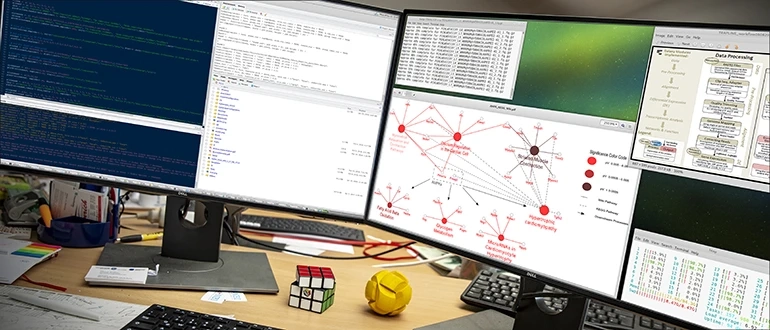Running a nursery involves managing thousands of plants at various stages across multiple zones while also meeting the demands of customers and retail buyers. Keeping track of it all is tough, especially without a solid system in place. Poor visibility, inaccurate counts, and delays can lead to missed orders, waste, and frustrated customers. That’s why more growers are turning to nursery inventory management systems to solve these problems before they grow.
1. Losing track of what’s available
One of the biggest problems growers face is not knowing precisely what’s ready to ship. Without live data, it’s easy to assume something is in stock when it’s not—or to miss opportunities to sell plants that are ready to go. These mistakes lead to lost revenue and strained customer relationships.
A nursery inventory management system gives real-time updates on plant availability. It shows which plants are in propagation, which are ready to ship, and which are already committed to existing orders. Sales teams can verify availability before making commitments, and shipping crews know exactly what to retrieve. Everyone works with the same numbers.
2. Inventory spread across multiple zones
Plants don’t sit still. They move from propagation to holding areas, then to shipping zones or back into production. Some nurseries manage thousands of trays across dozens of houses or locations. Tracking movement manually makes it difficult to maintain accurate inventory counts.
With nursery inventory management software, growers can track plant movement across different areas. Mobile tools enable workers to easily scan and update trays as they move. The system updates automatically so managers can see what’s where at any time.
3. Shrink and waste going untracked
Shrink happens every season. Some trays get damaged. Some plants don’t root. Weather throws off growth. Without tracking shrink, it’s impossible to spot trends or improve future outcomes.
Using a nursery inventory management system, teams can log losses by cause—disease, damage, or timing issues. Over time, this data shows patterns. Growers can then make adjustments, such as modifying transplant timing, enhancing greenhouse conditions, or rotating staff assignments.
Tracking shrinkage also helps keep inventory data accurate and up-to-date. If plants are lost but not removed from the system, sales teams might commit to inventory that no longer exists. That leads to missed orders and rushed substitutions.
4. Orders getting ahead of production
When sales and production aren’t connected, it’s easy for one to get ahead of the other. Sales teams might promise quantities that aren’t ready or commit to a delivery date that production can’t meet. That disconnect creates pressure, delays, and customer dissatisfaction.
A nursery inventory management system solves this by connecting order entry to live inventory and production data. When a new order is received, the system checks what is currently available and what will be ready in the coming days. If a variety isn’t yet ready, sales teams can adjust timelines or recommend alternatives.
5. Manual data entry slowing things down
When staff have to walk back to a central office to update spreadsheets—or worse, handwrite updates on paper—mistakes happen. Updates get delayed. Inventory numbers fall behind snd the whole system loses reliability.
Modern nursery inventory management systems include mobile tools that allow real-time updates. Staff scan trays, input movements, and log shrink directly from their phones or tablets.
This speeds up operations and makes data entry part of the workflow, not a separate task that gets skipped when things get busy.
6. Poor coordination between departments
A nursery can’t run on siloed information. Sales, production, shipping, and finance all rely on accurate, up-to-date inventory data. If they don’t have it, decisions get made on guesses, and that leads to problems.
With a connected nursery inventory management system, all departments use the same data. When production updates a batch as “ready to ship,” the sales and shipping teams see it. When shipping completes an order, finance knows it’s time to invoice. No one has to chase updates or confirm by phone.
7. Forecasting becomes harder without historical data
Planning future production depends on knowing what happened in previous seasons; without organized records, that information gets lost or becomes unreliable.
A nursery inventory management system keeps a full history of what was produced, what was sold, and what was lost. Growers can pull reports by variety, date, or customer to make better production decisions. They can adjust order quantities, set more accurate timelines, and better plan for labor and materials.
Final thoughts
Managing inventory in a nursery comes with challenges: lost trays, bad counts, missed orders, and wasted products. Without clear data, these problems stack up quickly. A nursery inventory management system helps growers take control of their inventory from propagation to shipment.
By improving visibility, reducing manual work, and connecting departments, nursery inventory management software addresses the real problems that growers encounter every day. It provides growers with the tools to work smarter, faster, and more accurately.


